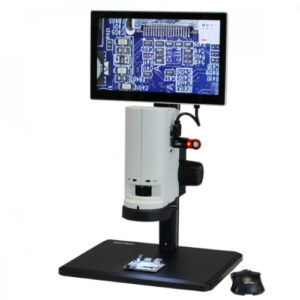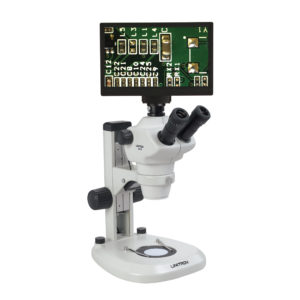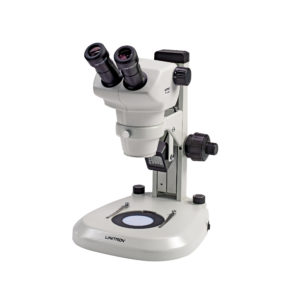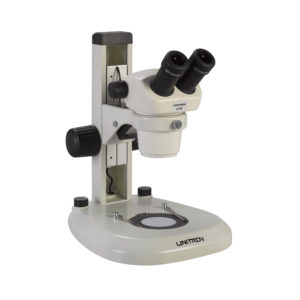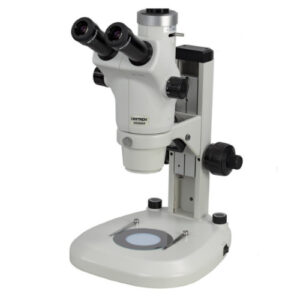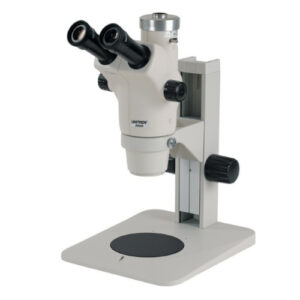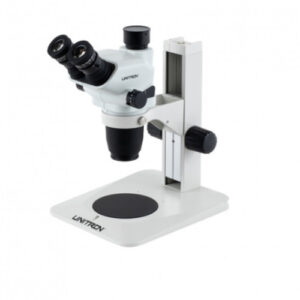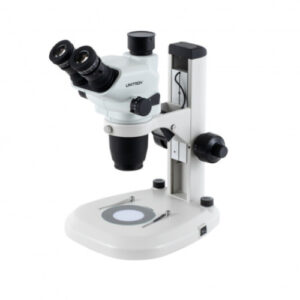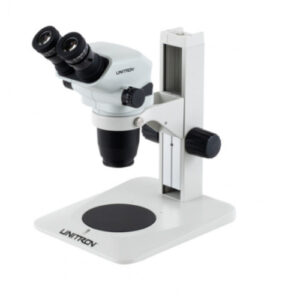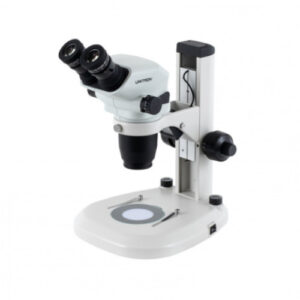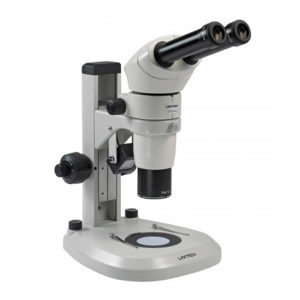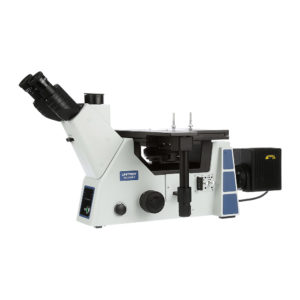Who invented the microscope?
The microscope was created by Dutch inventor Zacharias Janssen in 1590. His work at making spectacles and eyeglasses in his early life gave him the knowledge basis of creating the first compound microscope. Even in its most early form this invention led to the discovery of cells and microbiology. The compound microscope and the numerous advancements many scientists and inventors made over the years help to advance medicine and many other scientific and industrial fields.
What are the different types of microscopes?
Compound microscopes come in several different varieties with numerous different functions, which can be tweaked, removed, or customized depending on the environment that they are going to be used in. The two most common microscopes on the market are the stereo microscope and the compound microscope. The stereo microscope is used in many scientific, industrial, and academic environments. The compound microscope looks at samples from below or above and is used most commonly when higher magnification is needed.
What are some of the most popular microscope brands?
Leica microscopes are probably the most popular brand of microscope on the market today. They come in many different varieties and are highly regarded for their versatility and durability. The other popular brands of microscopes are produced by Accu-Scope, Motic, and Unitron. Much like Leica they make several different varieties of microscopes and are used in many different industries and fields around the world. Many different laboratories prefer some brands over others but microscopes from these brands are known for their durability and good reviews.
How do I clean and care for my microscope?
Just like any piece of scientific equipment microscopes need to be cleaned and cared for. The most basic types of microscopes often used in schools do not require a lot of upkeep and maintenance. To clean your microscope wipe down the surfaces with a soft cloth to eliminate any visible dirt or debris and use lens paper to wipe down the objectives and any glass pieces on your microscopes. Microscopes should be stored in a clean and dry environment when they are not in use.
What do I do if one of my parts breaks?
Almost all microscope companies offer regular and extended warranties for any of the devices that you purchase. Should a part break, you could simply call in and ask for a new one. If your microscope breaks or a part of it does after your warranty expires new and spare parts can be purchased from many different businesses.
Can anyone buy a microscope?
Yes! There are many people around the world who enjoy using microscopes as a hobby. Much like the field of astronomy, many discoveries and advancements in the fields of biology, chemistry, pharmacology, and electronics manufacture have been made by people studying under microscopes as a hobby. Microscopes are also prized because they give children a hands-on learning experience of science that can foster a lifelong love for the field.
What are microscope samples?
Put simply, microscope samples are what you place under the objective lens (magnification pieces). Traditional microscope samples are small pieces of a material sealed between two glasses pieces that often clip into a mechanism on the stage. Microscope samples can also be made by hand by placing a sample on a small piece of glass and sealing it for extended use. Many premade microscope samples for a academic study can be purchased from around the web.
How do I care for my microscope samples?
Pre-made and sealed microscope samples can be easily cleaned with a microfiber cloth or a sanitizing wipe to eliminate any dirt or debris. Handmade samples may require some additional work depending on their complexity.
Why are so many microscopes binocular instead of the traditional monocular design?
Most microscope manufacturers have switched over to the binocular design because of the numerous advancements in optic technology. The binocular design is more comfortable for users and allows for extended study. Viewing samples with two eyes also allows users to get a better sense of depth and clarity. Today, almost all objective microscopes found on the market use binocular eyepieces.
What is a good starting microscope?
The Leica DM300 is one of the most well made, versatile, and durable microscopes on the market today. Their hassle free design makes them easy to clean and care for and anyone could use them with ease. These microscopes are also built to last as their LEDs have lifespan of over twenty years.
What is a good microscope for using in a high school, college, or university?
The Leica EZ4W is rapidly growing in popularity in academic environments from entry level to advanced classes. What makes these microscopes so popular with students and teachers is its hassle-free and durable design. This model also features internal wifi so that images of samples can be saved, edited, and shared in real time. This allows students to get a more hands on approach to learning and gives teachers easy access to all of their student’s findings. These microscopes are also unique for their ability to show samples in 3-D giving the user an all around view of anything they may want to magnify.
What is a good versatile microscope?
About any model in the Leica microscope E series is prized for both its durability or versatility. Whether you are studying live or inanimate samples, the easy to use designs of these microscopes make them one of the best options to choose from.
What is the difference between microscopes with similar names?
Many microscopes are manufactured in a series. This series can be easily identified as a letter or number proceeding the brand of the microscope. The following digits or letters indicate the difference between different models in the same series. Often times microscopes are needed with more specific tasks or have more versatile functions and more advanced models in the series can satisfy these user needs that may not be needed for everyone.
What is the difference between a traditional camera and a microscope camera?
To put it simply a microscope camera is specifically engineered for being used to study microscope samples. Traditional camera often lack the necessary depth of field and lenses needed for capturing such small samples in articulate details. Microscope cameras like those made by Accu-Scope, Spot, Optronics and Jenoptik also come with software and application compatibility specifically designed to save, edit, and share pictures and videos of samples.
How do I care for my microscope camera?
You would care for your microscope camera the same way that you would care for a traditional DSLR camera or other delicate piece of scientific equipment. While, many of these cameras are designed to be durable they still need to be cared for and stored in a clean and dry environment when they are not in use. To clean these cameras simply rub a microfiber cloth over the surface to eliminate any dirt or debris.
Why are some microscope cameras monochrome and others in color?
Even though monochrome may seem outdated to many users it has a specific function in the field of microscopy. Images in black and white provide quicker capture times and a higher contrast for the viewer to detect more complex and subtle differences in samples. Color is needed when samples have been specifically dyed or the recognition of color is needed.

